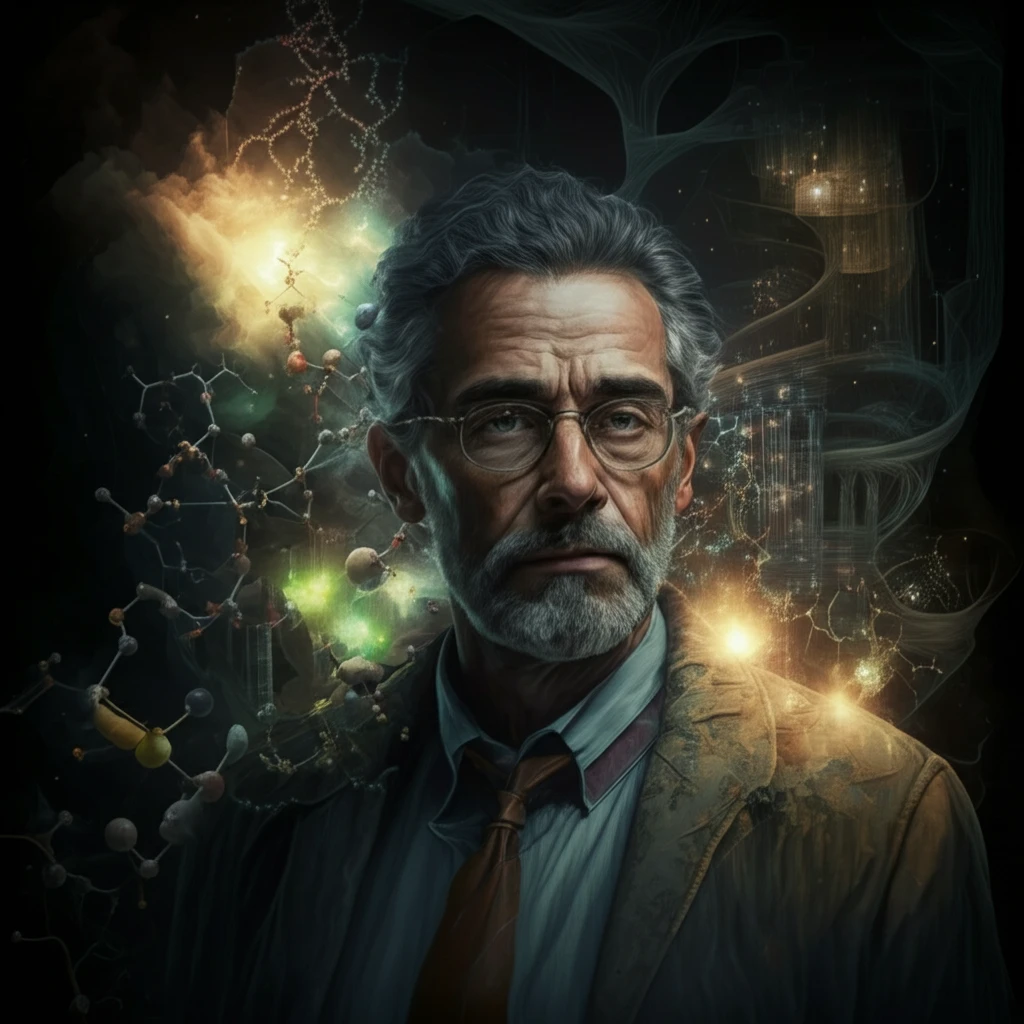
Ernesto Carmona: How One Chemist Pioneered Organometallic Chemistry in Southern Europe
"Discover the story of Ernesto Carmona, a visionary chemist who transformed Spanish science and left a lasting legacy in organometallic chemistry."
Professor Ernesto Carmona is a celebrated figure in organometallic chemistry, recognized for his pivotal role in advancing Spanish science during the latter half of the 20th century. This article explores his life, career, and lasting impact on the field.
Carmona's journey began in Seville, a city steeped in Spanish tradition but somewhat removed from the era's scientific advancements. Despite these challenges, his passion for chemistry propelled him to seek knowledge and contribute to a scientific renaissance in Spain.
This exploration delves into Carmona's early influences, his time with Geoffrey Wilkinson at Imperial College, and his establishment of a first-rate organometallic chemistry program at the University of Seville.
From Seville to London: Laying the Groundwork for a Career in Chemistry

Born in Seville in 1948, Ernesto Carmona completed his chemistry studies at the local university in 1972. At that time, Seville, while culturally rich, lagged behind other European nations in intellectual and scientific pursuits. Echoes of political instability and economic underdevelopment were still evident, but winds of change were on the horizon.
- Early Influences: Carmona's early interests were sparked by modern textbooks, which drew him to molecular inorganics, particularly transition-metal complexes and organometallic compounds.
- The Nyholm Renaissance: The field of inorganic chemistry was undergoing its own transformation, driven by research efforts spurred by World War II and subsequent discoveries like Ziegler-Natta polymerization catalysts and ferrocene.
- The Birth of Organometallic Chemistry: The discovery of ferrocene is often regarded as the pivotal moment that launched organometallic chemistry as a distinct field.
A Lasting Legacy
Ernesto Carmona's career is a testament to the power of vision, dedication, and leadership. His contributions to organometallic chemistry and the advancement of Spanish science have left an indelible mark on the scientific community. His story continues to inspire future generations of chemists and researchers. The work he did with his team continues to influence how chemistry is approached today.
